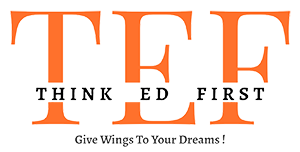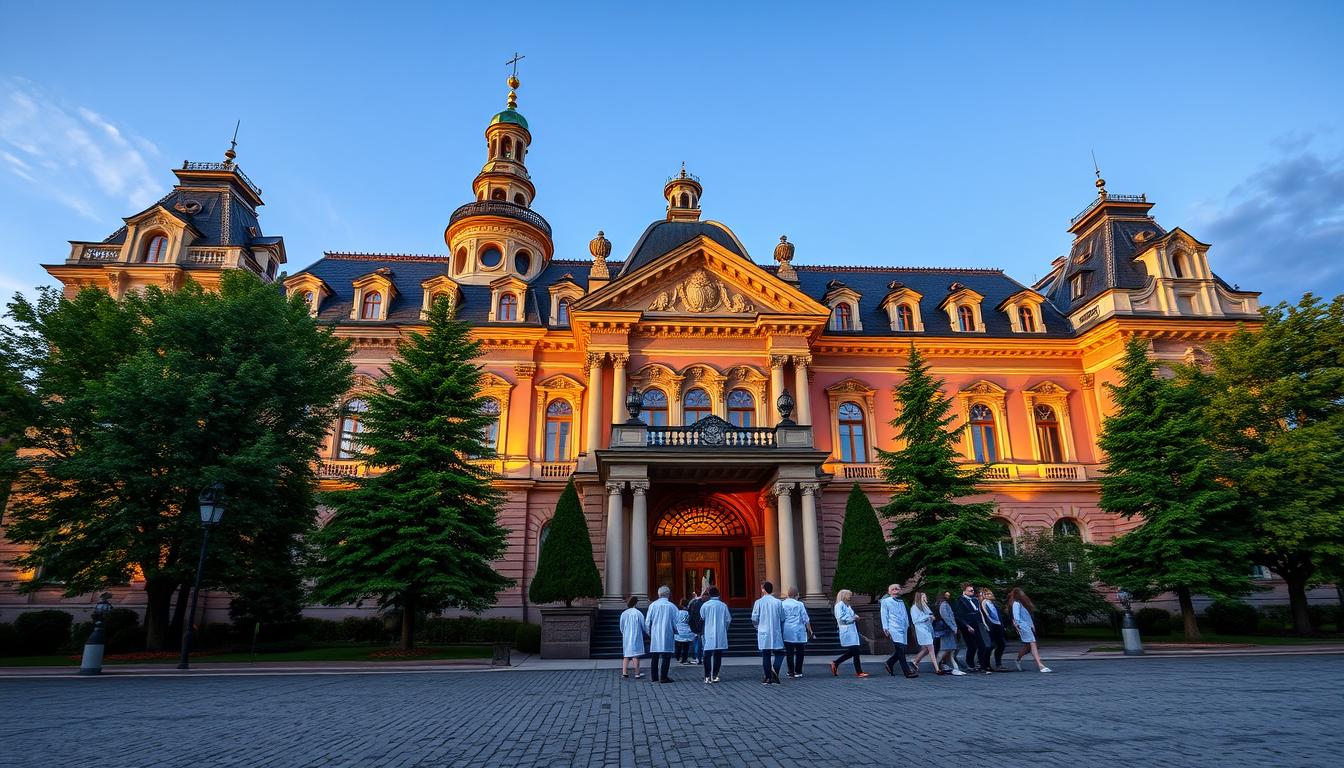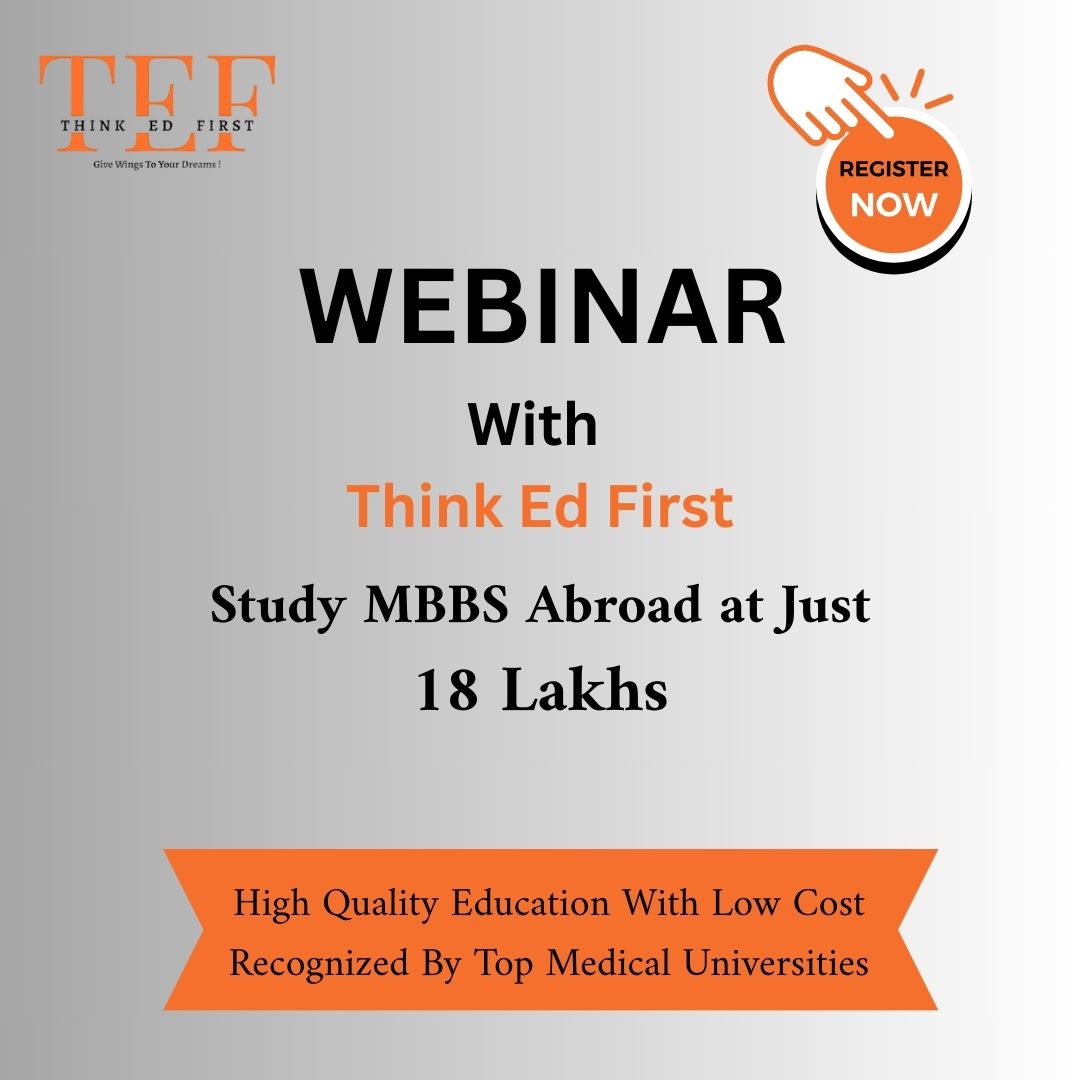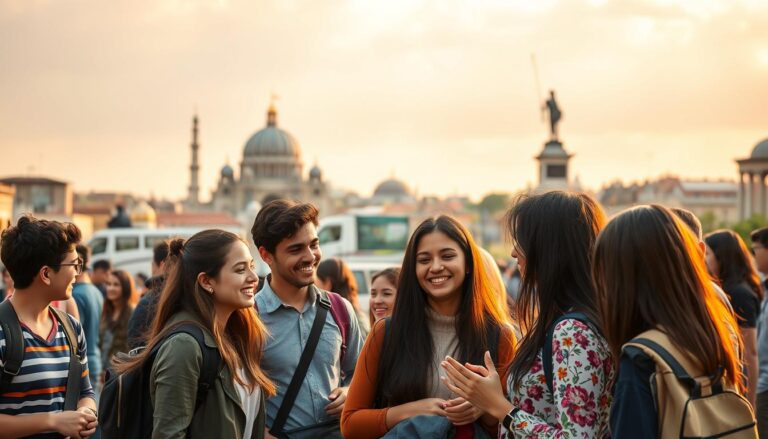Have you ever wondered why thousands of students from India choose to study medicine abroad? The answer lies in the exceptional opportunities offered by Russian medical universities. These institutions provide world-class education, advanced curricula, and global recognition, all at an affordable cost.
With over 20,000 Indian students enrolling annually, Russia has become a preferred destination for aspiring doctors. The universities here are recognized by WHO and NMC, ensuring that your degree is valid worldwide. Additionally, the absence of donation fees and subsidized tuition makes it a financially viable option.
In this guide, we’ll walk you through the admission process, cost structures, and student life in Russia. Whether you’re exploring options or ready to take the next step, we’re here to help you make an informed decision. Let’s dive into the details and discover why studying medicine in Russia could be the best choice for your future.
Introduction to MBBS in Russia
Why are more Indian students turning to Russian universities for their medical studies? The answer lies in the country’s rich history of medical education and its commitment to providing world-class training. Over the years, Russian institutions have evolved to meet international standards, making them a preferred choice for aspiring doctors.
Overview of Russian Medical Education
Russian medical universities are known for their modern facilities and expert faculty. The curriculum is designed to balance theoretical knowledge with practical skills, ensuring students are well-prepared for their careers. With a focus on research and innovation, these institutions rank among the best globally.
Affordable tuition fees and the absence of donation charges make studying medicine in Russia a financially viable option. The programs are recognized by WHO and NMC, ensuring global acceptance of the degrees. This combination of quality and affordability is what attracts students from around the world.
Growing Demand Among Indian Students
The number of Indian students choosing to study in Russia has seen a significant rise. Over 10,000 Indian students are currently enrolled in Russian medical universities, and this number continues to grow. The English medium programs make it easier for non-Russian speakers to adapt and excel.
With a patient-to-doctor ratio that provides ample practical exposure, students gain hands-on experience during their studies. The six-year program, including a one-year internship, ensures comprehensive training. This practical approach is one of the reasons why Indian students find Russian medical education so appealing.
Why We Recommend MBBS in Russia
What makes Russian medical education a top choice for aspiring doctors? The answer lies in its unique blend of affordability, quality, and global recognition. For students seeking a strategic path to a successful medical career, this country offers unparalleled opportunities.
One of the standout advantages is the cost-effective tuition fees. Compared to other countries, Russian universities provide world-class education at a fraction of the cost. This makes it accessible for students from diverse backgrounds.
Another key benefit is the global recognition of degrees. Russian medical programs are accredited by WHO and NMC, ensuring that graduates can practice worldwide. This opens doors to international career opportunities for every student.
Practical exposure is another highlight. The curriculum is designed to provide hands-on training in advanced clinical practices. This prepares students not just for exams but for real-world medical challenges.
Beyond academics, studying in this country offers a rich cultural experience. Students interact with peers from around the world, enhancing their intercultural competence. This holistic approach ensures a well-rounded education.
In summary, Russian medical education combines affordability, quality, and global recognition. It’s a strategic choice for students aiming to build a successful medical career. With its practical focus and cultural richness, it’s no wonder this country is a top destination for aspiring doctors.
Advantages of English medium MBBS in Russia
How does an English-taught curriculum benefit international students? For those pursuing medical studies abroad, the medium of instruction plays a crucial role in shaping their learning experience. In this section, we explore the key advantages of studying in an English-based program and how it enhances both academic and career prospects.
Curriculum and Language Benefits
Courses delivered in English make it easier for international students to grasp complex medical concepts. This eliminates the language barrier, allowing students to focus entirely on their studies. Additionally, universities provide Russian language support to help students communicate effectively in local settings.
The curriculum integrates modern medical practices with an internationally recognized framework. This ensures that students are well-prepared for global healthcare challenges. The combination of English instruction and practical training creates a seamless learning experience.
Global Recognition and Career Prospects
Degrees from these institutions are recognized by WHO and NMC, ensuring global acceptance. This opens doors to career opportunities worldwide. Graduates can confidently pursue licensing exams and transition smoothly into their professional roles.
Supportive language programs further enhance the academic experience. Students not only excel in their studies but also gain intercultural competence. This holistic approach prepares them for a successful career in the medical field.
Top Russian Medical Universities for MBBS
What sets Russian medical universities apart as top destinations for aspiring doctors? These institutions combine world-class education, advanced infrastructure, and affordability, making them a preferred choice for students globally. Here, we explore three leading universities that stand out for their excellence in medical education.
Bashkir State Medical University
Bashkir State Medical University is renowned for its cost-effective fee structure and high-quality education. Established in 1932, it offers a diverse range of medical programs and boasts experienced faculty. The university’s modern facilities and emphasis on research make it a top choice for students.
With tuition fees starting at RUB 2,18,000, it provides affordable education without compromising on quality. The hostel facilities are well-maintained, ensuring a comfortable stay for international students. Degrees from this institution are recognized by WHO and NMC, ensuring global acceptance.
Kazan Federal University
Kazan Federal University, founded in 1804, is one of the oldest and most prestigious institutions in Russia. It ranks 8th in the country and offers a comprehensive medical curriculum. The university’s focus on practical training and research prepares students for real-world challenges.
With tuition fees ranging from RUB 3,500 to RUB 4,500 per year, it is an affordable option for aspiring doctors. The campus is equipped with advanced laboratories and libraries, providing students with the resources they need to excel.
Altai State Medical University
Altai State Medical University is known for its focus on practical training and hands-on experience. Established in 1954, it has trained over 6,000 students from various countries. The university’s curriculum is designed to meet international standards, ensuring graduates are well-prepared for their careers.
Tuition fees are competitive, and the hostel facilities are affordable, making it a popular choice for international students. The university’s degrees are recognized globally, opening doors to career opportunities worldwide.
These universities offer a blend of quality education, affordability, and global recognition. For students considering studying medicine in Russia, these institutions provide an excellent foundation for a successful medical career.
Comparing MBBS Fees and Cost of Living
Planning your medical education abroad involves understanding both tuition and living expenses. We break down the costs to help you make an informed decision. From annual fees to monthly budgets, this section provides a detailed overview.
Tuition Fee Breakdown
Tuition fees vary across universities but remain affordable compared to other countries. For example, Bashkir State Medical University charges around 200,000 RUB per year, while Kazan Federal University’s fees range from 350,000 to 450,000 RUB annually. These costs are significantly lower than private medical colleges in India, where fees can exceed 1,000,000 INR per year.
Here’s a quick comparison of total fees for six-year programs:
- Bashkir State Medical University: ~2,784,000 INR
- Altai State Medical University: ~2,460,000 INR
- Kazan Federal University: ~2,850,000 INR
Affordable Living Costs for Students
Living in Russia is budget-friendly for international students. Monthly expenses for food and transportation average around 100 to 150 USD. Hostel fees range from 36,000 to 1,78,000 INR per year, depending on the university.
Here’s a sample monthly budget:
- Food: ~6,000 INR
- Transportation: ~2,000 INR
- Miscellaneous: ~4,000 INR
Government subsidization keeps education costs low, making it an attractive option for students. With proper budgeting, you can manage both tuition and living expenses effectively.
Admission Criteria and Application Process
Securing admission to a state medical university abroad can seem daunting, but with the right guidance, it’s simpler than you think. We’ll walk you through the eligibility requirements and application process to ensure a smooth journey toward your medical career.
Eligibility Requirements
To apply for an mbbs program, applicants must meet specific criteria. Indian students need a minimum of 50% marks in Physics, Chemistry, and Biology (PCB) in their 12th-grade exams. Additionally, qualifying the NEET exam is mandatory for all applicants.
Age is another factor to consider. Applicants must be at least 17 years old by December 31 of the application year. There’s no upper age limit, making it accessible for a wide range of students.
Step-by-Step Application Guidelines
The admission process is straightforward and designed to minimize stress. Here’s a step-by-step guide to help you navigate it:
- Step 1: Check eligibility and ensure you’ve qualified for the NEET exam.
- Step 2: Gather essential documents, including mark sheets, passport copies, and recent photographs.
- Step 3: Submit your application online through the university’s official portal.
- Step 4: Await the admission letter, which typically arrives within a few weeks.
- Step 5: Complete the visa process and prepare for your journey.
Unlike other countries, there are no additional entrance exams beyond NEET. This streamlined process makes it easier for Indian students to secure a seat in a top state medical university.
Early application is recommended to avoid last-minute delays. Most universities start their academic sessions in September, so plan accordingly to ensure a hassle-free admission experience.
Understanding the MBBS Curriculum and Program Duration
What does the structure of a medical program in this country look like? The six-year course is carefully designed to provide a balance of theoretical knowledge and hands-on training. This ensures students are well-prepared for their future careers in healthcare.
Six-Year Program Structure
The program is divided into 10 semesters, each focusing on different aspects of medical education. The first few years cover basic sciences like anatomy, physiology, and biochemistry. As students progress, they transition into clinical subjects and practical training.
This structured approach ensures a gradual build-up of skills. By the end of the program, students are equipped with both diagnostic and treatment expertise. The curriculum is aligned with international benchmarks, making it globally recognized.
Internship and Practical Training
The final year is dedicated to a one-year internship, where students gain real-world experience in hospitals and clinics. This phase is crucial for applying theoretical knowledge to patient care. It also helps students develop confidence and competence in their roles.
Additionally, preparatory courses are available to improve communication skills in the local language. This ensures students can interact effectively with patients and colleagues. The combination of academic rigor and practical exposure makes this program a top choice for aspiring doctors.
Academic Session and Exam Schedule
Understanding the academic calendar is essential for students planning their studies effectively. The academic year typically begins in September and follows a two-semester system. This structure ensures a balanced approach to learning, with periodic assessments and breaks to help students stay on track.
Semester Breakdown
The academic year is divided into two semesters. The first semester runs from September to December, while the second semester spans from February to May. Each semester includes lectures, practical sessions, and periodic assessments to evaluate progress.
Summer breaks are built into the schedule, providing students with time for revision and rest. This structured approach helps students manage their workload and prepare effectively for final exams.
Exam Timelines and Assessment
First-semester exams are usually held in January, followed by second-semester exams in June. These assessments are designed to test both theoretical knowledge and practical skills, ensuring comprehensive learning.
Staying on schedule is crucial for success. Regular study habits and timely preparation can make a significant difference in exam performance. The academic calendar is designed to support students in achieving their goals.
| Academic Period | Start Date | End Date |
|---|---|---|
| First Semester | September | December |
| First Semester Exams | January | January |
| Second Semester | February | May |
| Second Semester Exams | June | June |
| Summer Break | July | August |
By following the academic calendar, students can plan their studies effectively and make the most of their educational journey. Proper time management ensures a smooth and successful year.
Visa and Documentation Process
Navigating the visa and documentation process is a crucial step for students planning to study abroad. Proper preparation ensures a smooth transition to your academic journey. We’ll guide you through the essential requirements and steps to make this phase hassle-free.
Required Documents Overview
To apply for a student visa, you’ll need a comprehensive set of documents. These include:
- Admission letter from the state medical university
- Valid passport with at least two years of validity
- Academic transcripts and certificates
- Invitation letter from the university
- Medical fitness certificate
- Proof of financial stability
Organizing these documents early can prevent delays in the application process. Language requirements are eased for English-taught programs, so no additional proficiency tests are needed.
Visa Application Guidance
The visa application process involves several steps:
- Submit your application online or through an authorized agency.
- Attach all required documents, including your admission and invitation letters.
- Pay the visa fee and schedule an appointment at the nearest consulate.
- Attend the visa interview with your passport and supporting documents.
- Wait for processing, which typically takes 1-3 weeks.
Early preparation is key to avoiding last-minute issues. For students considering other destinations, Uzbekistan also offers excellent opportunities for medical education. Learn more about how to apply for MBBS in for a seamless experience.
Student Life and Campus Accommodation
What makes campus life at a federal university in Russia so enriching for international students? From comfortable housing to tailored cultural support, these institutions ensure a seamless transition for students from India and beyond. Let’s explore the key aspects that make student life here both fulfilling and memorable.
On-Campus Housing Options
Most federal universities offer affordable and well-maintained on-campus housing. These hostels provide basic amenities like common kitchens, washing machines, and 24/7 surveillance, ensuring a safe and comfortable stay. For instance, Perm State Medical University offers modern dormitories equipped with everything students need for daily living.
Shared rooms are common, fostering a sense of community among international students. The cost of accommodation is budget-friendly, making it easier for students to manage their expenses. Additionally, many hostels are located close to academic buildings, saving time and effort.
Cultural Adaptation Support
Adjusting to a new culture can be challenging, but federal universities provide robust support systems. Orientation programs, language classes, and cultural events help students adapt quickly. Universities like Ural State Medical University organize activities that promote intercultural exchange, making it easier for Indian students to feel at home.
Dedicated support staff are available to assist with any challenges, from navigating daily life to understanding local customs. This inclusive environment ensures that students can focus on their studies while enjoying a rich cultural experience.
With modern facilities, affordable housing, and tailored support, campus life at a russian medical university offers a holistic experience. It’s no wonder that students from around the world find it an ideal place to pursue their dreams.
Living and Travel Costs in Russia
Managing daily expenses while studying abroad can be challenging, but Russia offers affordable solutions for students. From food to transportation, the country provides budget-friendly options that make it easier to focus on your studies without financial stress.
Monthly Budgeting for Expenses
Living costs in Russia are significantly lower compared to major Indian cities. On average, students spend between $100 to $150 per month on essentials. Here’s a breakdown of typical monthly expenses:
- Food: Around 6,000 INR for groceries and meals.
- Accommodation: Hostel fees range from 36,000 to 1,78,000 INR annually.
- Transportation: Approximately 2,000 INR for public transit.
- Miscellaneous: About 4,000 INR for personal needs and leisure.
With proper budgeting, students can comfortably cover all essential expenses while saving for occasional travel or emergencies.
Affordable Transportation Options
Russia’s public transportation system is both efficient and economical. In cities like Moscow and Saint Petersburg, students can use metros, buses, and trams at low costs. A monthly transport pass typically costs around 2,000 INR, making it an affordable way to commute.
For longer distances, trains and domestic flights are also reasonably priced. Traveling within the country is economical, allowing students to explore without breaking the bank. These options make it easier to manage finances while enjoying the cultural richness of Russia.
By planning ahead and utilizing these cost-effective solutions, students can make the most of their time abroad without financial worries.
Additional Support Services for Indian Students
Adjusting to a new country for studies can be overwhelming, but comprehensive support services make the transition smoother for Indian students. These services are designed to address every step of the journey, from pre-departure preparations to settling into campus life. With tailored assistance, students can focus on their academic goals without unnecessary stress.
Pre-departure Briefings and Counseling
Before leaving for their studies, students receive detailed briefings and counseling sessions. These cover essential topics like visa processes, travel arrangements, and cultural expectations. Counseling helps students mentally prepare for the challenges of living abroad.
Universities and agencies also provide guidance on financial planning, including managing tuition fees and living costs. This ensures students are well-prepared to handle their expenses effectively. Such support minimizes last-minute issues and builds confidence.
On-Ground Assistance in Russia
Once students arrive, on-ground assistance ensures a smooth transition. This includes help with immigration registration, finding accommodation, and understanding local customs. Dedicated support staff are available to address any concerns students may have.
Universities also organize orientation programs to introduce students to campus facilities and academic expectations. Language classes are often provided to help students communicate effectively in their new environment. This holistic approach ensures students feel welcomed and supported.
Here’s a summary of the key support services offered:
| Service | Details |
|---|---|
| Pre-departure Briefings | Guidance on visas, travel, and cultural adaptation. |
| Financial Counseling | Advice on managing tuition fees and living expenses. |
| Immigration Assistance | Help with registration and legal formalities. |
| Orientation Programs | Introduction to campus life and academic expectations. |
| Language Support | Classes to improve communication skills. |
These services are tailored to meet the unique needs of Indian students. They ensure a seamless transition and help students overcome cultural and administrative challenges. With such comprehensive support, students can focus on their education and make the most of their time abroad.
Comparing MBBS in Russia vs India
Choosing the right destination for medical studies involves weighing multiple factors, including cost, quality, and admission processes. For Indian students, the decision often comes down to balancing affordability with academic excellence. Let’s explore how studying in Russia compares to pursuing the same program in India.
Cost and Quality Considerations
One of the biggest advantages of studying in Russia is the affordability. Tuition fees in Russian universities range from ₹15 to ₹25 lakhs for the entire program. In contrast, private medical colleges in India can charge up to ₹1.5 crores. Public colleges in India are cheaper but have limited seats, making admission highly competitive.
Despite the lower cost, the quality of education in Russia remains high. Universities are equipped with modern infrastructure and experienced faculty. The curriculum is globally recognized, ensuring graduates can practice medicine worldwide. In India, while public colleges offer quality education, private institutions often lack the same level of infrastructure and faculty expertise.
Academic Rigor and Admission Ease
Admission to medical programs in Russia is straightforward. Students only need to qualify for the NEET exam and meet basic eligibility criteria. There are no additional entrance exams, making the process less stressful. In India, securing a seat in a government college is highly competitive, with only a 2.5% chance of admission.
Both countries emphasize practical training, but Russian programs include extensive clinical rotations. This hands-on experience prepares students for real-world challenges. In India, the quality of clinical exposure varies significantly between institutions.
| Factor | Russia | India |
|---|---|---|
| Tuition Fees | ₹15-25 Lakhs | ₹1-1.5 Crores (Private) |
| Admission Process | NEET + Eligibility | NEET + High Competition |
| Infrastructure | Modern Facilities | Varies by Institution |
| Global Recognition | WHO, NMC Approved | NMC Approved |
| Practical Training | Extensive Clinical Rotations | Varies by Institution |
Cultural and lifestyle differences also play a role. Russian universities offer a multicultural environment, helping students develop global perspectives. In India, students stay closer to home but may miss out on international exposure.
Ultimately, the choice depends on individual priorities. For those seeking affordability, global recognition, and a streamlined admission process, Russia is an excellent option. For students preferring to stay closer to home, India remains a viable choice, though with higher costs and competition.
Conclusion
Pursuing a medical degree abroad offers a unique blend of affordability, quality, and global opportunities. Russian state medical universities stand out for their cost-effective fee structure and high international standards. The simplified admission process, combined with comprehensive support services, makes it easier for students to focus on their academic goals.
The six-year course is designed to provide a rigorous curriculum and hands-on training, preparing graduates for successful careers worldwide. With degrees recognized by global organizations, students gain access to diverse career opportunities.
We encourage prospective students to consider this path as a competitive option for their medical education. Take the next step toward admission and begin your journey toward a rewarding career in healthcare.





